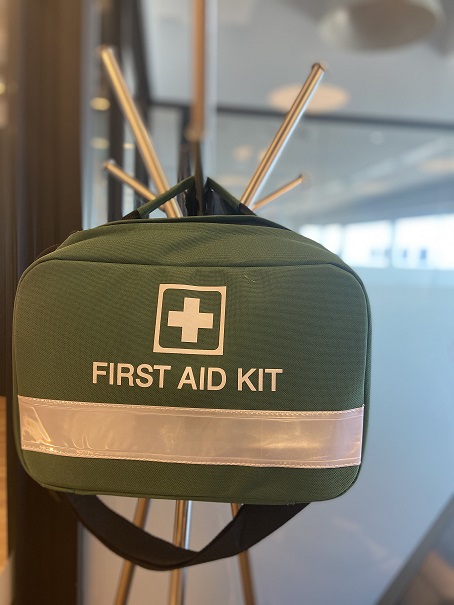
 When writing a hazard report form, it is important to include as much information as possible to ensure accuracy. Details such as specific measurements, dates and times should be included if applicable. Additionally, it is important to provide evidence that supports your assertions by including photos or diagrams. By providing detailed information related to the hazard, you can help prevent similar incidents from happening in the future.
When writing a hazard report form, it is important to include as much information as possible to ensure accuracy. Details such as specific measurements, dates and times should be included if applicable. Additionally, it is important to provide evidence that supports your assertions by including photos or diagrams. By providing detailed information related to the hazard, you can help prevent similar incidents from happening in the future.





|
Written by:
Dr Jeremy Nunn |